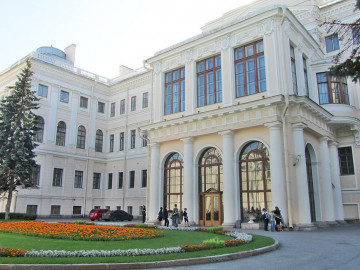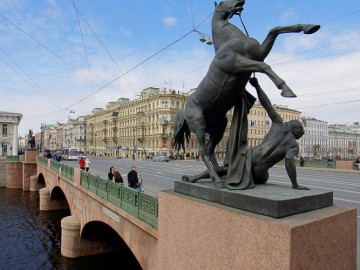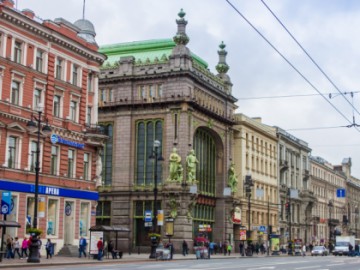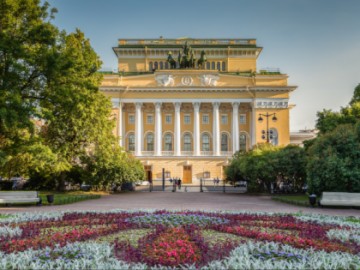Faberge Museum: Eggs and More
The Faberge Museum is the first private museum, which exhibits the largest collection of Easter eggs by Carl Faberge. In addition, it contains a rich collection of works of decorative applied and fine arts, including jewelry. The museum exposition occupies 11 halls of the Shuvalov Palace. The Blue Room exhibits the creations of Faberge, including 9 eggs "with surprises," that is, embedded souvenirs made by order of the last Russian emperors. This is, for example, the "Imperial Coronation Egg" with a tiny coach, being is a precise replica of the gold-plated coach, which took part in the coronation of Nicholas II.
The Faberge Museum’s collection is especially notable for the first and the last eggs by Faberge: the "Hen Egg" of 1885 and "The Order of Saint George Egg", which was made during World War I and became the only egg that Empress Maria Feodorovna exported from Russia. The Anteroom stores the enameled personal belongings of the imperial family members, also made by Carl Faberge: a bonbonniere, a snuffbox and other small things. The enameled items are exhibited in the White and the Blue Rooms, along with porcelain. The Golden Room is a collection of beautiful ornamentals given as a gift to the imperial family: handgrips of a cane, figurines and medallions. Other rooms of the palace contain jewelry of the XIX century, a collection of icons, silverware, including wine bowls, paintings by Impressionists and Russian artists of the XIX century.


































